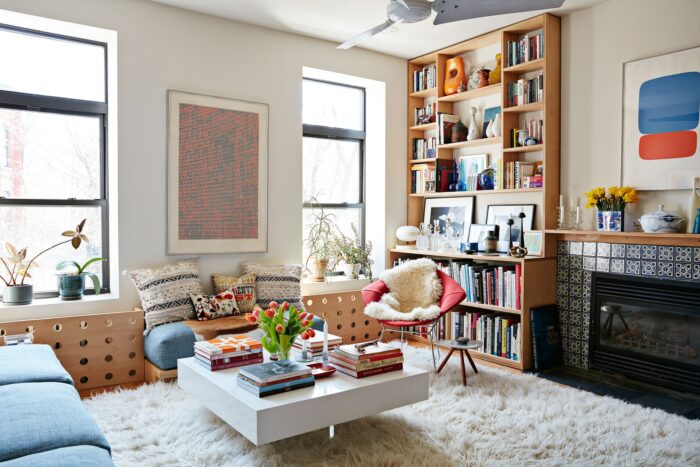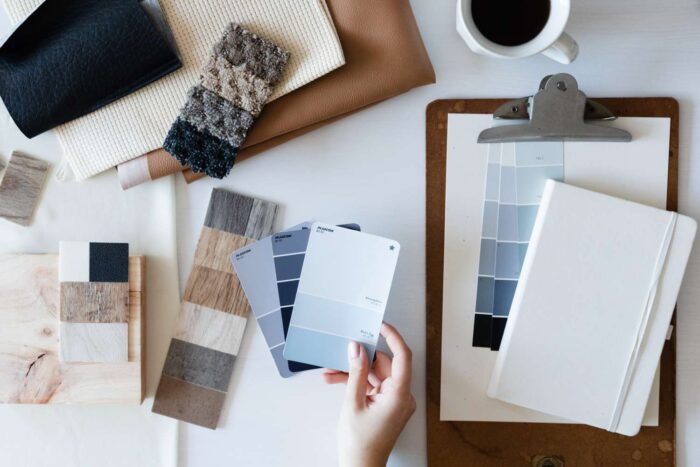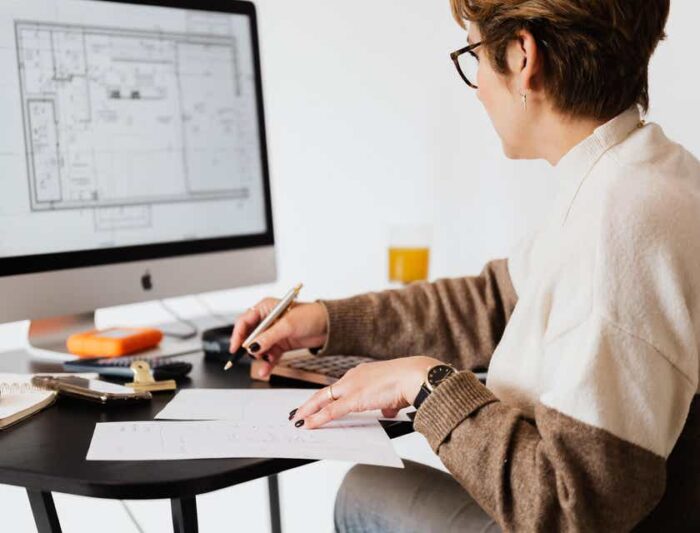The cost of hiring an interior designer can vary widely depending on several factors such as their experience, the complexity of the project, the scope of the work, and your location.
What is the minimum budget for interior design?

Source: architecturaldigest.com
There is no specific minimum budget for interior design, as the cost of hiring an interior designer can vary widely depending on several factors, including the size and complexity of the project, the designer’s level of experience and expertise, the materials and finishes used, and the location of the project.
However, if you have a limited budget, you may want to consider hiring an interior designer for a consultation or a smaller project, such as a single-room redesign or a color consultation. Many interior designers offer these services for a flat fee or an hourly rate, which can be more affordable than a full-scale interior design project.
You can also consider doing some of the design work yourself or opting for more budget-friendly options, such as using affordable materials and finishes, repurposing existing furniture and decor, or shopping for deals and discounts on furnishings and decor. However, hiring an interior designer can help you avoid costly mistakes, find creative solutions to design challenges, and create a cohesive and personalized design that meets your needs and style preferences.
It’s a good idea to get quotes from several interior design companies and compare their pricing and services to find the one that best fits your needs and budget. Additionally, be sure to ask for references and portfolio samples to ensure that the designer has experience working on projects similar to yours and can deliver the results you want.
Average Cost of Interior Designers in Dubai

Source: thespruce.com
The cost of hiring an interior designer in Dubai can vary widely depending on several factors, including the designer’s level of experience and expertise, the size and complexity of the project, and the scope of the work involved.
Generally, interior designers in Dubai may charge an hourly rate, a flat fee, or a percentage of the total project cost. Hourly rates can range from AED 250 to AED 1000 per hour (which is from $60 to $13,000), while flat fees may range from AED 5000 to AED 50,000 or more, depending on the project’s size and scope. The percentage of the total project cost may vary from 10% to 30%, depending on the designer’s level of experience and the scope of the project.
Interior design from Mayak Agency will find a suitable budget option for you and create the design of your dreams.
Interior Designer Rates

Source: betterteam.com
It’s essential to discuss the pricing structure and the designer’s fees upfront before hiring a designer to ensure that you understand the costs involved and can make an informed decision based on your budget and needs.
Here is a breakdown of some common interior designer rates and fees:
- By the Hour: Many interior designers charge an hourly rate, which can range from around $50 to $200 or more per hour, depending on their level of experience and expertise.
- Per Room: Some interior designers may charge a flat fee per room, which will also depend on the number of rooms, size and complexity of the project.
- Per Square Foot: The price of the work can be based on the total square footage of the project. Sometimes it is the best rate since many companies have comfortable offers for big spaces.
- Day Rates: Some interior designers may charge a day rate, which can range from a few hundred to several thousand dollars per day.
- Initial Consultation: Many interior designers offer an initial consultation or design concept meeting, which can range from a few hundred dollars to a few thousand dollars.
- Cost Plus: Some designers may charge a cost-plus fee, which means that they will charge a percentage markup on the cost of materials and furnishings purchased for the project.
- Management Fee: Some companies may charge a management fee, which covers the time and effort involved in managing the project, such as coordinating with contractors and overseeing the installation.
- Retainer: Some interior designers may require a retainer fee upfront to secure their services and cover the initial design work.
- Purchase Fees: Additional fees may be for purchasing furnishings and materials for the project, which can range from a percentage of the total purchase cost to a flat fee per item.
- Travel: If the project involves travel outside of the designer’s usual service area, the designer may charge a travel fee to cover the additional time and expense involved.
How to Work with Designers on a Budget
Working with a home interior design company on a budget can be challenging, but it is possible to create a beautiful and functional space that meets your needs and style preferences without breaking the bank.
Here is how you can do it:
- Define your budget: Before starting any design work, it’s essential to define your budget and communicate it clearly with your designer. This will help the designer understand the scope of the project and make recommendations that fit within your budget.
- Focus on key areas: Identify the key areas or features that are most important to you and prioritize them in the design plan. This can help you allocate your budget effectively and ensure that you get the most value for your money.
- Use existing furnishings and decor: Consider repurposing existing furnishings and decor instead of buying new items. A skilled designer can help you update and refresh existing pieces to fit the new design scheme.
- Opt for affordable materials and finishes: Some affordable materials and finishes can achieve a high-end look without the high-end price tag. Your designer can recommend cost-effective options that fit your budget.
- Shop for deals and discounts: Keep an eye out for sales, clearance items, and special discounts on furnishings and decor. Your designer may have access to trade discounts that can help you save money on purchases.
- DIY where possible: Consider doing some of the work yourself, such as painting or wallpapering, to save on labor costs.
- Be open to creative solutions: A skilled designer can come up with creative solutions to design challenges that fit within your budget. Be open to their suggestions and trust their expertise to help you achieve your design goals while staying within your budget.
Find the specialist or a company that suits you best and just trust the process!


